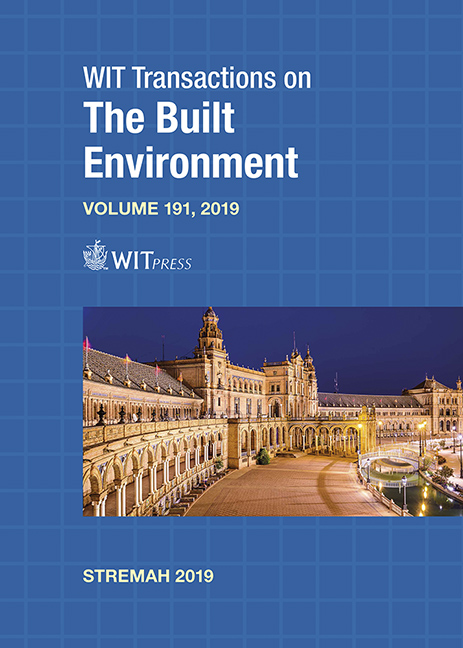KNOWLEDGE AND INTERPRETATION PROCESSES OF THE ANDALUSÍ BATH OF EL NOGAL OR BAÑUELO (ḤAMMĀM AL-ŶAWZA) IN GRANADA, SPAIN (1832–2019)
Author(s)
ANTONIO ORIHUELA, JOSÉ M. LÓPEZ-OSORIO
Abstract
The bath of the Walnut or Bañuelo (Ḥammām al-Ŷawza), in Granada (Spain), is one of the most notable and best-preserved buildings of its kind in the Iberian Peninsula, following the extensive conservation work directed by architect Leopoldo Torres-Balbás in 1927–1928. Traditionally, it has been dated to the 11th century, when a Taifa kingdom ruled by the Zirid dynasty, of Berber origin, was established in Granada. The recent restoration work carried out on it has prompted us to investigate the long process of study, characterization and valorisation of this important example of Andalusí architecture. The paper presents a broad critical analysis of this process of detailed discovery over almost two centuries (1832–2019), based on descriptions, photographs and plans. It starts with the first drawings made by the French artist J.-Ph. Girault de Prangey and finishes with the recent archaeological survey. During the discussion the authors give their own vision of the different hypotheses raised, assessing positive contributions of each of them. Finally, they propose a new hypothesis summing up the best ideas contributed by previous authors and correcting their errors or omissions. This new hypothesis is described and drawn in ground floor plans and cross-sections.
Keywords
Ḥammām al-Ŷawza, Bañuelo, El Nogal bath, Arab bath, Andalusí bath, Islamic Granada, conservation, historiography





